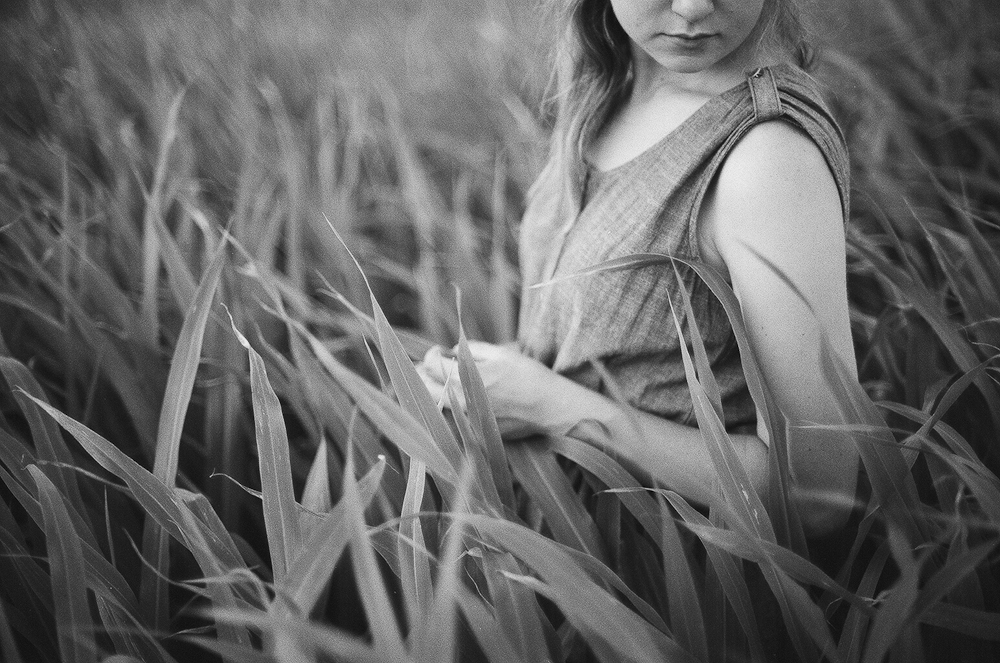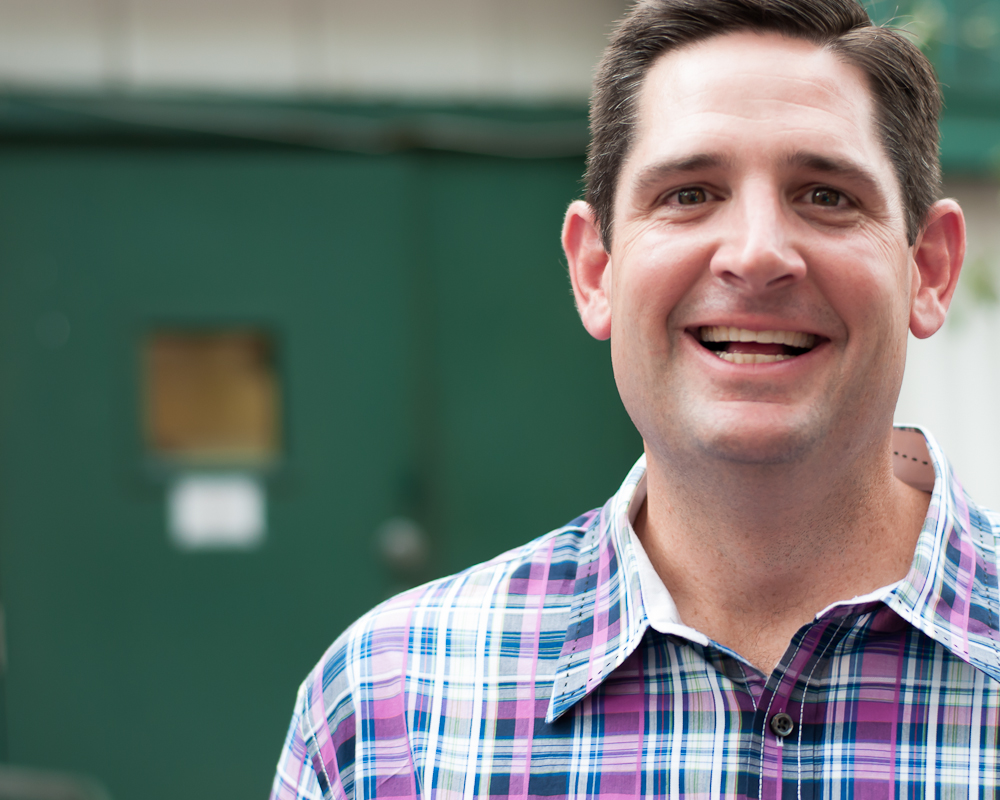Most photographers are aware of the phrase coined by the famous (or infamous, depending on your view) photographer Robert Capa “if your photographs aren’t good enough, you’re not close enough.” If you are not aware of that quote you should Google his name and oogle his images for a bit. While he was never deemed the world’s greatest photojournalist, he is responsible for two of the most famous war photographs of the Second World War and the Spanish Civil War of 1936 with his signature flair for being right in the midst of the action. Even as a war photographer who was having to dodge bullets to get the framing he desired, he saw the immediate value of closing the distance between him and his subject for that shot. While the majority of our readers will never step foot into a war zone to capture an image, there are some valuable lessons to be had in getting closer to your subject.
Here’s a few ideas for a weekend project on getting closer to your subjects and searching for a bit more intimate of a mood:
- Use one standard focal length. You can spend a lot of time sorting out your approach in your personal photography, but the most important things you can possibly ever do is close the distance with your feet rather than your zoom lens. My personal favorites for just this sort of image is a 50mm or 35mm lens (both in 35mm equivalent). Primes force me to move my feet and that results in images that are just the sort of thing I am after.
- Create rapport with your subject. If you have the chance to talk to your subject, get to know them. You are going to be shoving a lens in their face and the last thing you want is a tense subject, you are hunting for natural moods and reactions. Talk to them while you are shooting and feel free to back off if they are getting noticeably irritated or unsettled. This step is a bit different for street shooters, but you can still get in close and not cause a scene if you keep your feelers up.
- Never be afraid to crop during the shot. As you can see in the first image it can work wonderfully to leave some stuff out. People like having some things left to the imagination, don’t hesitate to try leaving something out of your photograph. However, try really hard to crop while you are taking the photo, not afterwards on the computer. It’s helpful to have that ability afterwards if needed, but don’t depend on it to make your photos less cluttered.
- Get close. Then get closer, and just for good measure get a bit closer. It is always good to get as many angles as possible, especially in the age of digital photography where you don’t have to worry about wasting a frame. Shoot as many frames as it takes to make the image work in the way you desire, then shoot a few more from slightly varied angles and distances to have a bit of flavor during the post production process.
One of the best things you can do for your photography is try new things. Keep in mind however that you do need to allow for plenty of screwing up in order to get that one perfect shot. If there is one thing photography is here to teach us it would be that while one picture can be worth a thousand words, sometimes it takes a thousand pictures to get to that one.
(All images in this article are © Christian Rudman unless otherwise noted.)
Please Support The Phoblographer
We love to bring you guys the latest and greatest news and gear related stuff. However, we can’t keep doing that unless we have your continued support. If you would like to purchase any of the items mentioned, please do so by clicking our links first and then purchasing the items as we then get a small portion of the sale to help run the website.



